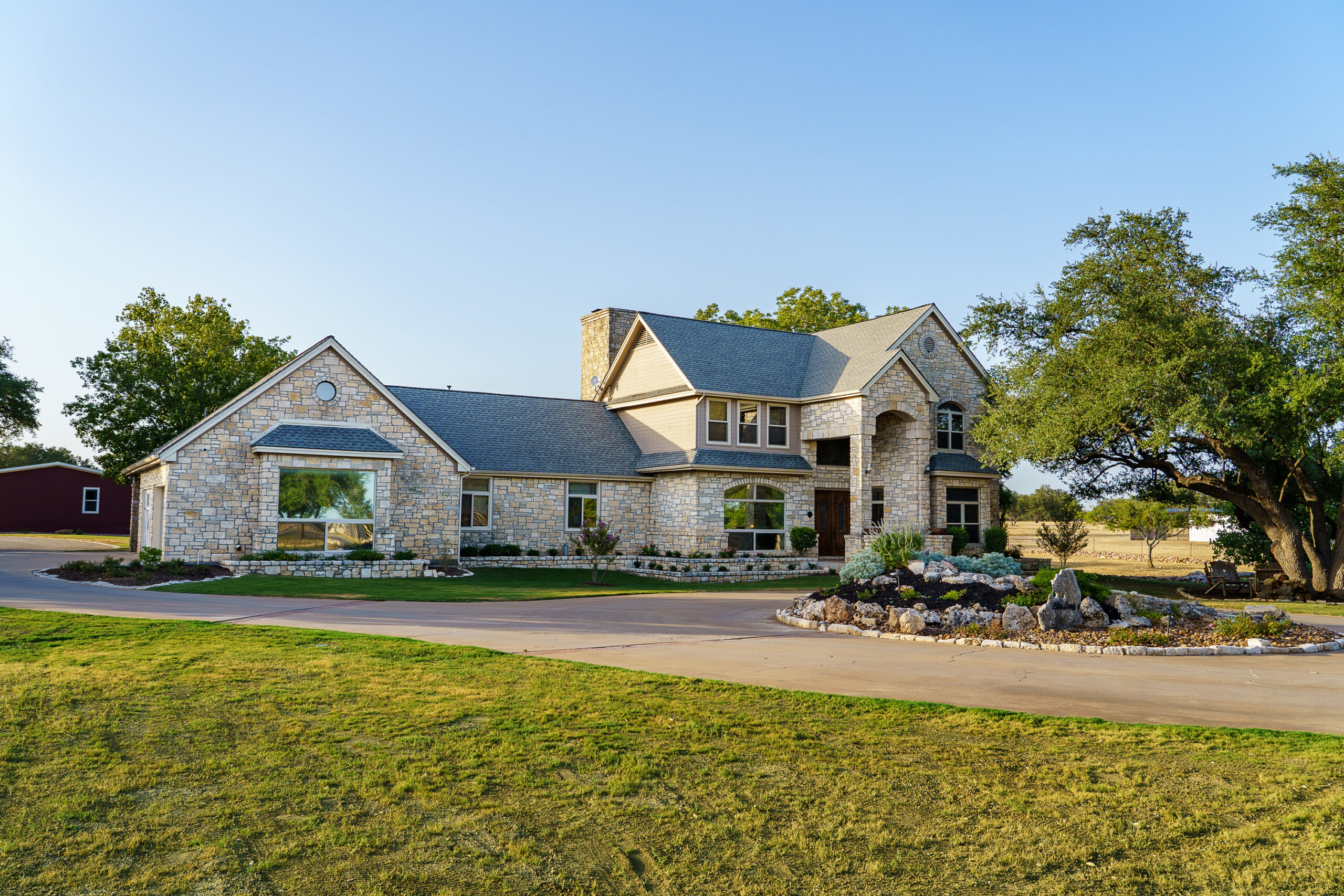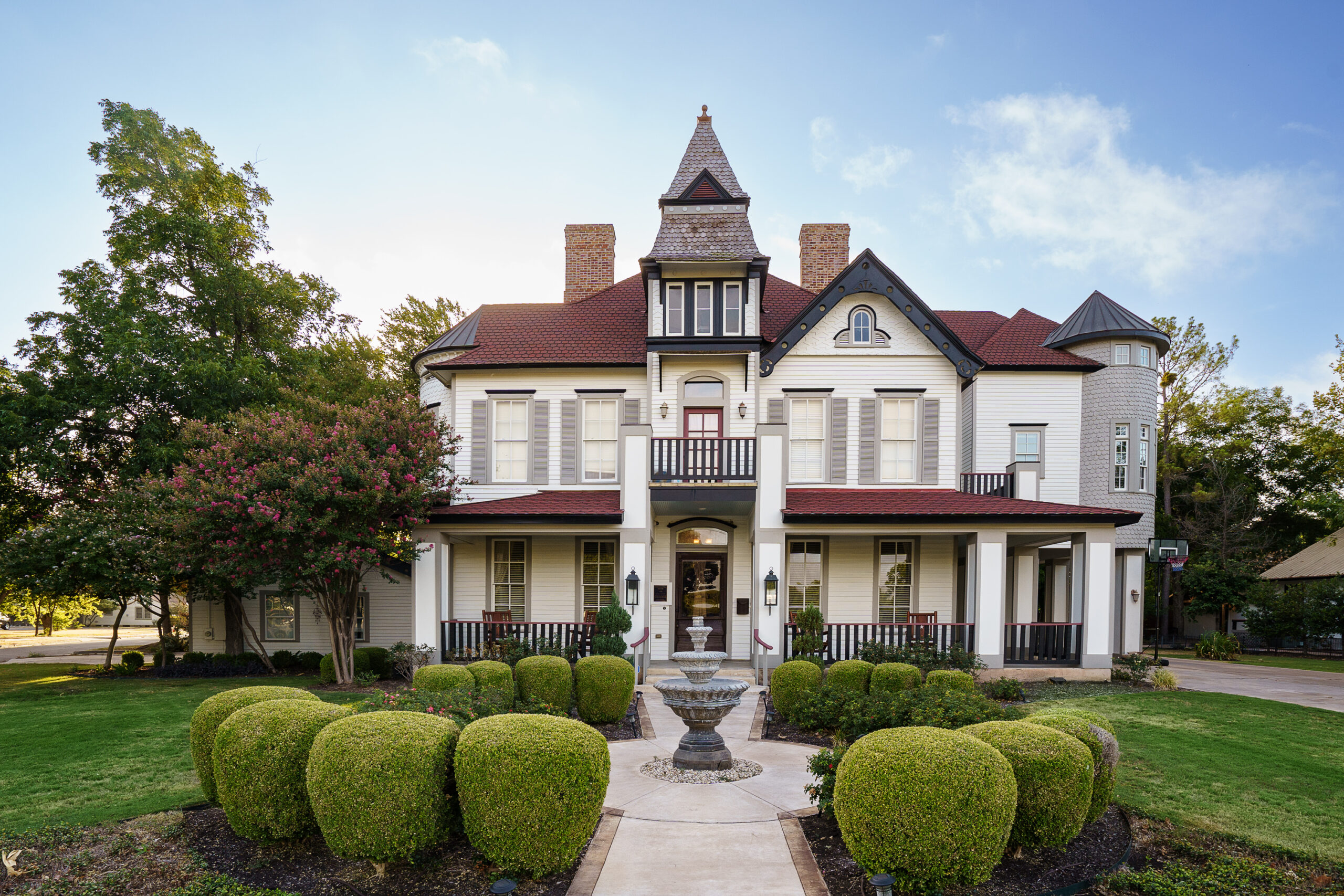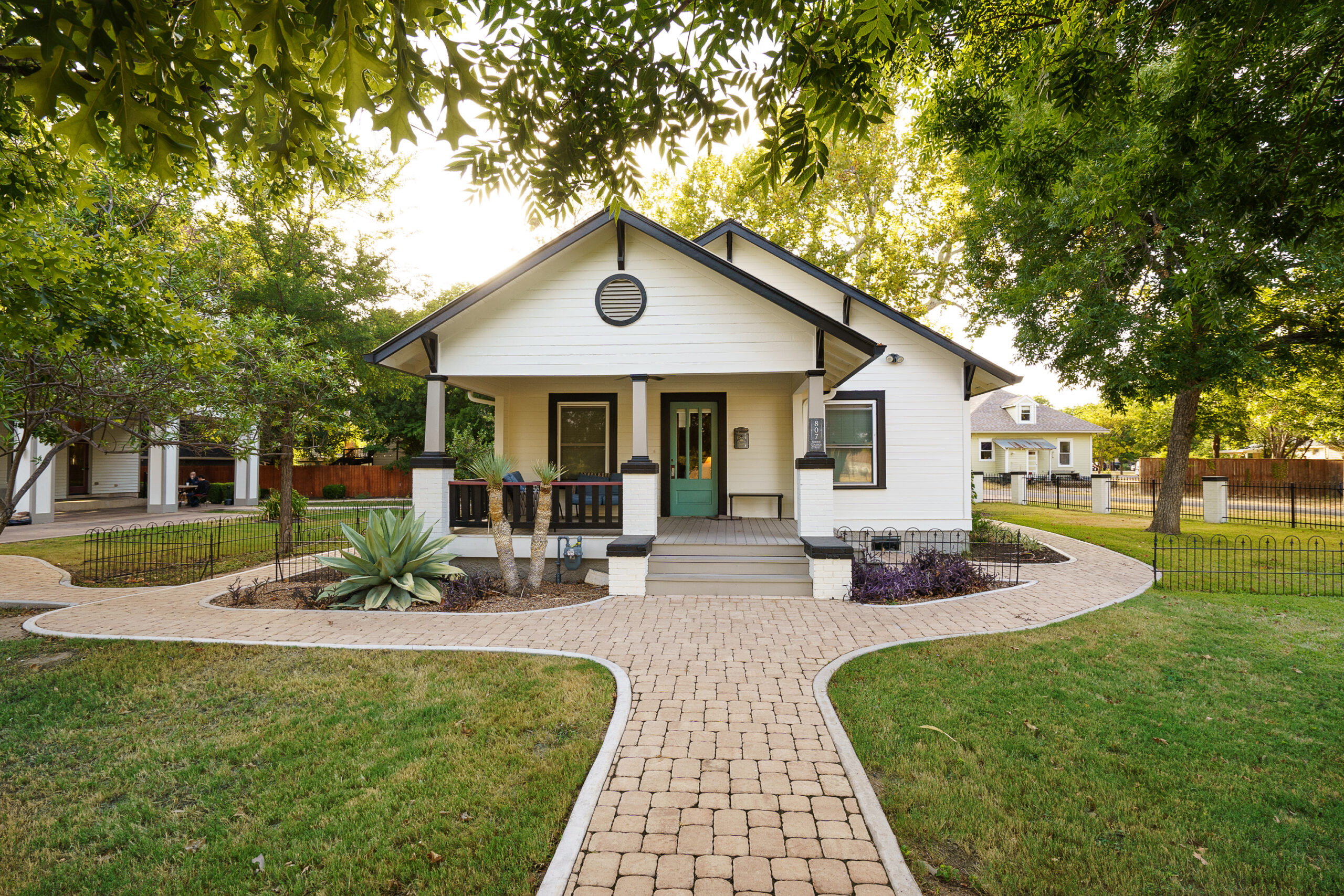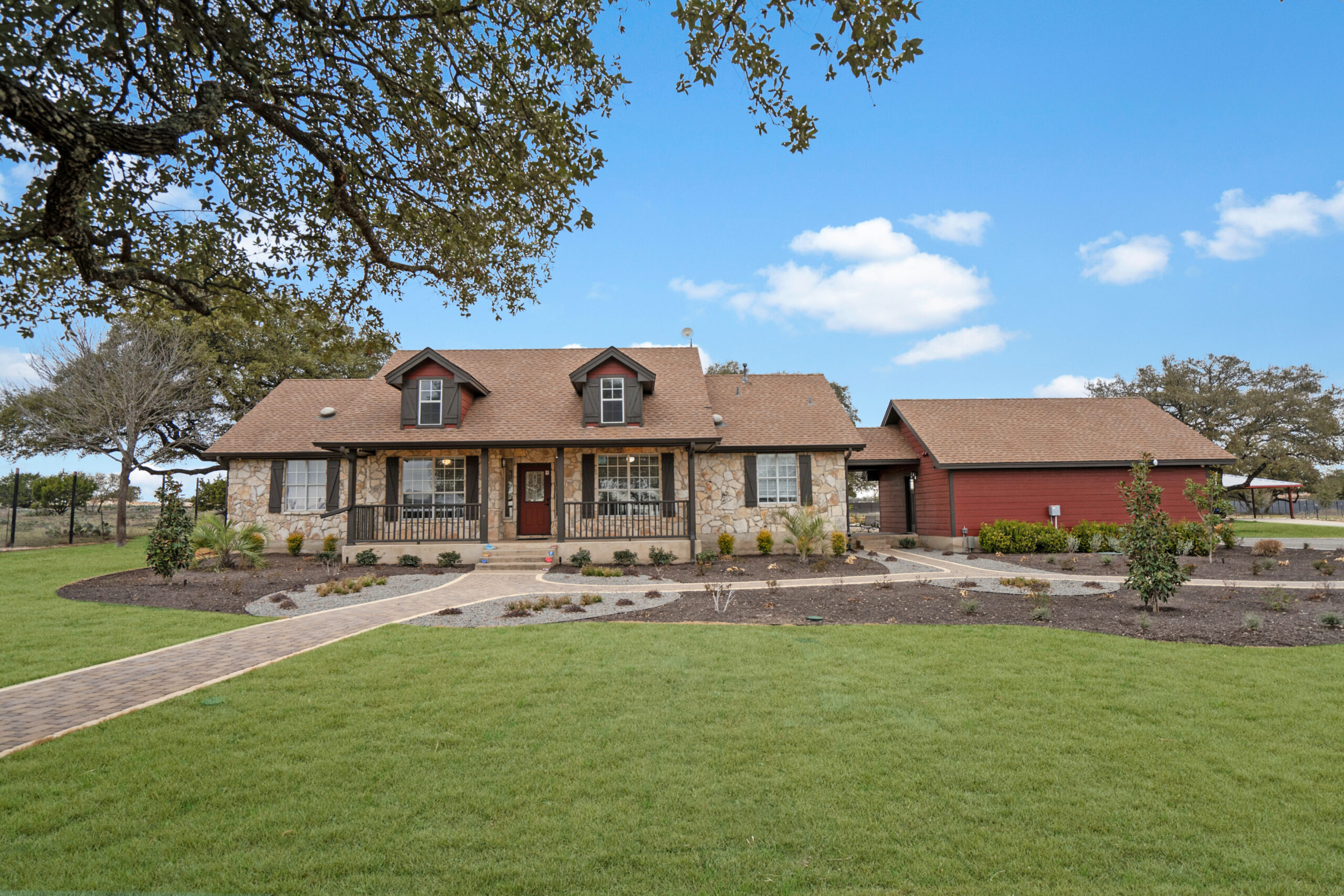
Decoding Bipolar Inpatient Care
Embarking on the journey of understanding bipolar inpatient care is akin to navigating a labyrinth; it’s intricate, multifaceted, and requires a nuanced comprehension of the paths available. For those grappling with severe mental illnesses, like bipolar disorder, the need for a sanctuary that offers hope, healing, and a structured environment cannot be overstated. At the heart of Georgetown, Texas, sits a haven that does just that – embracing individuals in their most vulnerable states and guiding them towards a semblance of stability and wellness.
The Essence of Alta Loma
Alta Loma represents more than just a treatment facility; it’s a beacon of hope for those struggling with bipolar disorder among other severe mental conditions. By focusing on the whole person rather than just the symptoms, Alta Loma offers a comprehensive approach that aims at long-term health and sobriety. This involves an intricate blend of cognitive behavioral therapy, nutrition planning, medication management, and more, all designed to foster emotional and psychological stability.
Personalized Care
Each journey through mental health recovery is as unique as a fingerprint, and the care provided needs to reflect this individuality. Alta Loma’s commitment to personalized care ensures that each resident’s treatment plan is as distinct as their experiences, tailored to meet their specific needs and circumstances. This deep level of personalization is what sets the facility apart, making it a pivotal step on many individuals’ paths to recovery.
Bipolar Inpatient Treatment
Bipolar inpatient care at Alta Loma is not just about managing symptoms; it’s about understanding the root causes of the disorder and addressing them directly. This might involve exploring past traumas, current stressors, and the complex interplay of genetics and environment, all under the guidance of compassionate professionals. It’s a comprehensive approach that looks beyond the immediate crisis to the broader horizon of long-term wellness and integration into society.
Structured Environment
The importance of a structured environment in the treatment of bipolar disorder cannot be overstated. By providing a routine and a sense of normalcy, residents can find the stability needed to focus on their recovery. This structured approach, combined with the tranquility of the surrounding environment, offers an ideal setting for healing to begin.
Therapeutic Options
At Alta Loma, the range of therapeutic options goes beyond traditional methods. Recreational therapy, community integration, and extended care programs are but a few examples of the innovative approaches employed. These methods are designed to not only address the symptoms of bipolar disorder but to help individuals rebuild their lives, restoring a sense of purpose and direction.
Recreational Therapy
Through recreational therapy, residents are encouraged to engage in activities that stimulate the mind and body, fostering a sense of accomplishment and joy. This form of therapy is predicated on the belief that through action, individuals can find a path to wellness that is both enjoyable and therapeutic.
Community Integration
One of the pillars of Alta Loma’s approach to bipolar inpatient care is the emphasis on community integration. This involves preparing residents to re-enter society with confidence, equipped with the tools and strategies needed to navigate the complexities of everyday life. Through targeted programs, individuals learn how to manage their symptoms in real-world settings, ensuring a smoother transition after their time at Alta Loma.
Life After Treatment
Life after bipolar inpatient care is a journey of its own. Alta Loma’s commitment to its residents extends beyond their stay, offering support and guidance as they reintegrate into society. This continuum of care is crucial for maintaining the progress made during treatment and for navigating the challenges that lie ahead.
Embracing the Journey
- Understanding the need for bipolar inpatient care is the first step towards recovery.
- Finding a sanctuary that provides holistic, comprehensive treatment can make all the difference.
- Alta Loma’s approach to care emphasizes the individual, ensuring a personalized path to wellness.
- Structured environments, innovative therapies, and community integration are key components of effective bipolar inpatient treatment.
- Recovery is a journey, and with the right support, individuals can reclaim their lives and look towards a brighter future.
The journey through bipolar inpatient care is one of transformation and hope. At Alta Loma, residents are not just treated; they are understood, supported, and empowered. This journey, albeit challenging, is a testament to the resilience of the human spirit and the possibility of a new beginning. For those ready to take the first step, Alta Loma stands ready to guide them towards the path of recovery and wellness.

When does someone with bipolar need to be hospitalized?
Hospitalization for someone with bipolar disorder is generally recommended when they pose a threat to themselves or others, are unable to care for themselves, or if their symptoms are so severe that they require intensive treatment to stabilize. This might include severe manic episodes with risky behaviors, or depressive episodes so deep that the individual might harm themselves. In such instances, the controlled environment of a hospital can provide the necessary safety and intensive care needed.
At Alta Loma, we understand the critical nature of such decisions and offer a sanctuary for those in the midst of severe episodes. The transition to our care is made with the utmost respect for the individual’s needs, ensuring they find the stability required to embark on their recovery journey.
Are bipolar people inpatient?
Not all individuals with bipolar disorder require inpatient treatment. Inpatient care is targeted towards those who are currently experiencing severe episodes of mania or depression and need a level of care that cannot be provided in an outpatient setting. Many people with bipolar disorder manage their condition through outpatient treatment programs, regular psychiatrist visits, and medication management. However, inpatient treatment becomes a crucial intervention when outpatient treatments are insufficient to stabilize the person’s mental health.
At Alta Loma, we offer both inpatient and extended care services designed to meet individuals where they are in their treatment journey, providing personalized care that addresses each person’s unique challenges and needs.
What percentage of bipolar patients are hospitalized?
Studies indicate that a significant number of individuals with bipolar disorder will require hospitalization at some point in their lives to manage severe episodes of mania or depression. The exact percentage can vary widely depending on the population, geography, and other factors, but research suggests that around 50% to 60% might experience at least one hospitalization. It’s important to note that this reflects the challenging nature of the disorder, emphasizing the need for effective, accessible treatment options.
Our approach at Alta Loma is grounded in the belief that early intervention and comprehensive care can significantly impact the course of bipolar disorder, potentially reducing the need for hospitalization over a person’s lifetime.
How do you get a bipolar patient hospitalized?
Hospitalizing a loved one with bipolar disorder, especially if they are unwilling, can be a delicate and difficult process. It generally involves a psychiatric evaluation to assess the severity of their condition and determine the necessity of inpatient care. In emergency situations, this may require calling emergency services or taking the individual to an emergency room where mental health professionals can conduct an assessment. It’s crucial that actions are taken with the individual’s safety in mind, alongside clear communication about the intention to help, not punish.
At Alta Loma, we are prepared to assist families in navigating these challenging times, offering guidance on how to best approach hospitalization and subsequent treatment in our facility. Our team is committed to providing a seamless transition to care, ensuring that both the individual and their loved ones are supported throughout the process.
What makes Alta Loma’s approach unique?
What sets Alta Loma apart is our holistic, personalized approach to treatment. Recognizing that each individual’s journey with bipolar disorder is unique, we strive to address not just the symptoms, but the underlying causes and contributing factors of the disorder. Our treatment plans incorporate cognitive behavioral therapy, medication management, nutrition planning, and more to ensure a well-rounded approach to recovery.
Moreover, our serene setting, combined with a wide range of therapeutic options including recreational therapy and community integration, creates an ideal environment for residents to begin their journey towards long-term health and sobriety. Our commitment to personalized care and support extends beyond the individual’s stay, offering continued assistance as they reintegrate into society, truly making Alta Loma a beacon of hope for those seeking a path to wellness.






